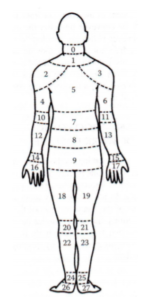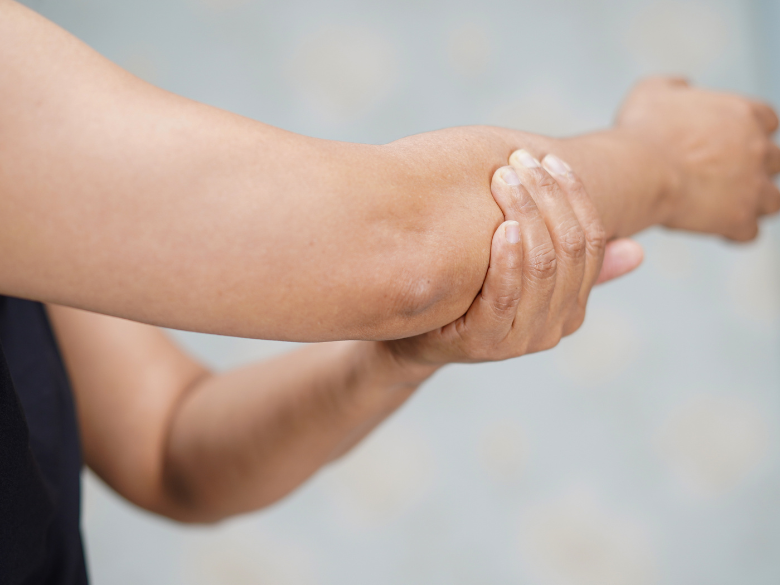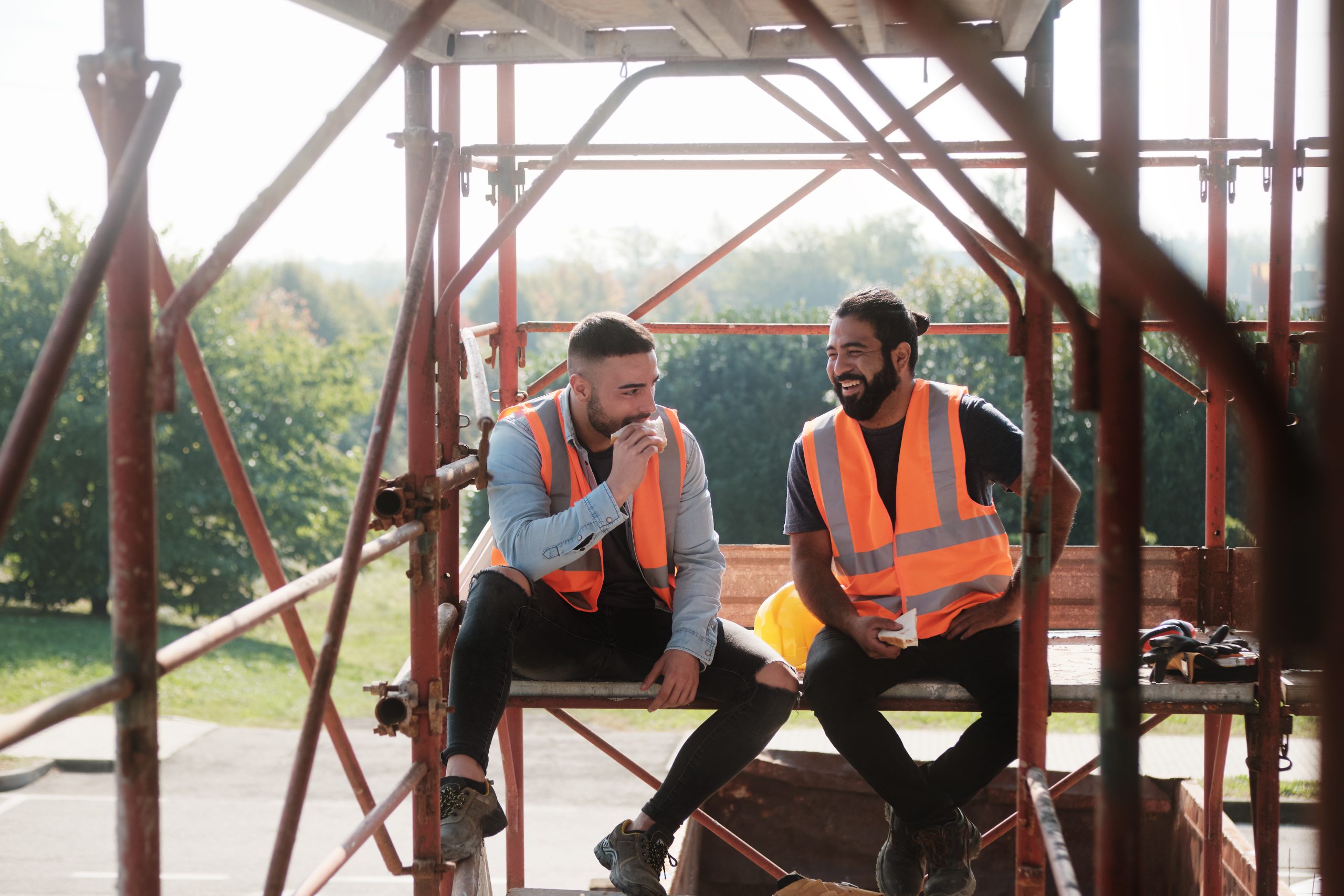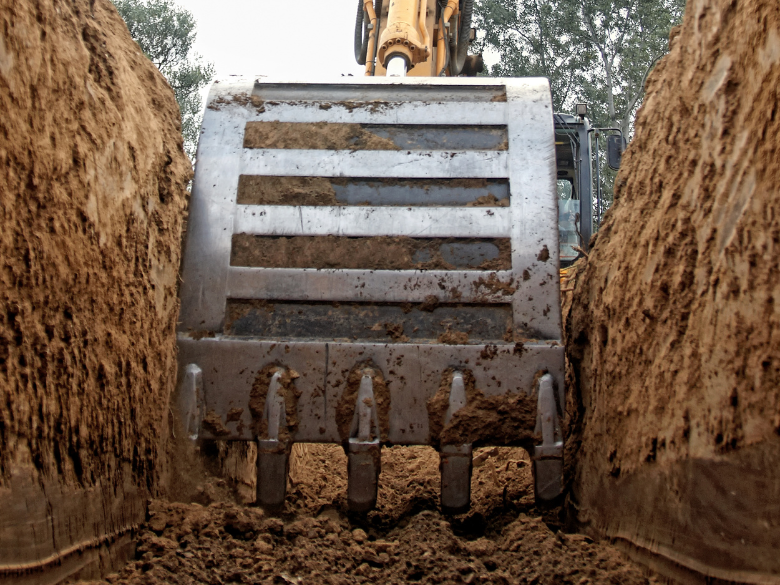Our partners BuiltGrid help residential builders work more efficiently with their suppliers and trades to get projects delivered on time and budget. While you may use estimation software to get rough costings to bid on a customer project or set a budget on a spec home, BuiltGrid comes into play once you have council approval. It allows builders to get competitive quotes matching project needs, side-by-side quote comparisons and lock in materials and labour when you need them. All your supplier admin and communications are together, saving you time and minimising costly errors. Better still, builders don’t pay a cent to use the BuiltGrid platform.
Running a business from an email inbox
Although it’s common practice for small businesses to manage their business from an email inbox, email was never designed to be used that way. Searching years of email history may be useful at times but it’s difficult to find important messages or specific attachments unless you’re super disciplined with folders and labels. BuiltGrid clears your email inbox by linking all of your project docs, quotes, orders, communications and call-ups in one place. Supply partners get selective access to project information and you only get critical notifications.
Select suppliers. Attach a plan. Hit “Send”
“Geez!” is the first response from suppliers and trades when they receive a “Quote this” email with an attached plan and little else. Yet, this is the go-to method used by most builders to request quotes. It’s way too common, attracting inaccurate quotes, pricing issues, delays and rework. The free alternative is to use BuiltGrid’s industry standardised quote request and job scope framework – your suppliers and hip pocket will thank you.
Quote received. Now what?
Admin hassles only start with the “Quote this” email. What about following up suppliers, answering phone calls and questions, making changes, re-quote requests? Quote responses are sent at different times and based on a supplier’s interpretation with varying inclusions, exclusions and terms. It’s messy, time consuming and why most supplier selections are based on a quick view of the quote price! BuiltGrid shows you side-by-side competitive quote comparisons so you can assess where the real value is, beyond price. One-click quote acceptance locks in your supply and notifies unsuccessful suppliers – no more pesky suppliers chasing a deal.
Save 54 days and $39,051 this year
In short, BuiltGrid provides one integrated system for project info, quotes, comparisons, job orders and call-ups. If you’re building five projects a year, time gains have been shown to save builders 54 days. Applying a base hourly rate, that’s $39,051 in your pocket. On top of this, there’s additional profit margins from builders inviting more competition from the broader network. Use the time gained to secure your next project, focus on your craft or hang out with your family.
As a HazardCo member we know you value your time. Now there’s a better way to manage your quoting, ordering and call-ups. And it’s free! Yep, BuiltGrid is free to builders!






















